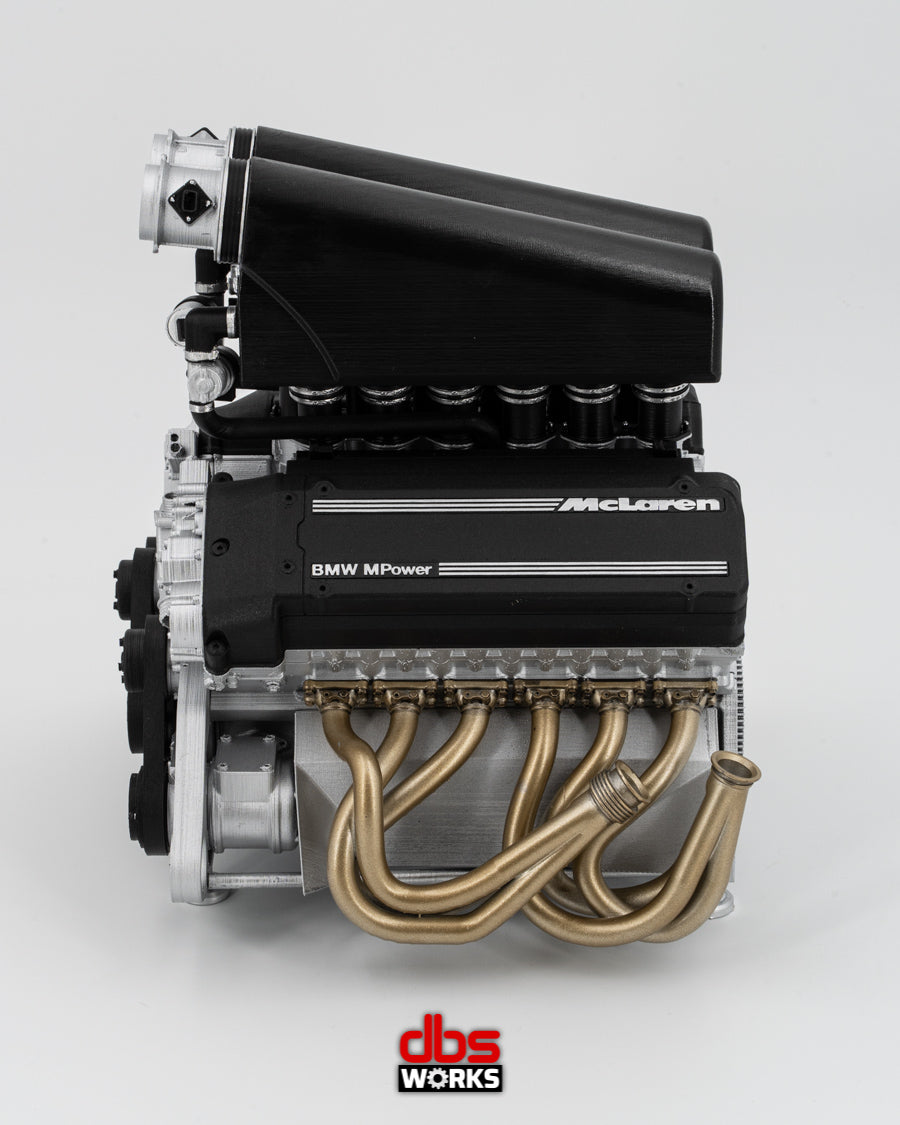The Evolution of the BMW Engine: A Look Back at Iconic Models
The Evolution of the BMW Engine: A Look Back at Iconic Models
Blog Article
Exploring the Evolution of Combustion Engines in Modern Transportation Systems
As we navigate the landscape of contemporary transportation, the evolution of combustion engines stands as a testament to human resourcefulness and design expertise. From their modest starts to the advanced powerhouses pushing automobiles today, combustion engines have undergone a remarkable journey of innovation and adjustment. Recognizing the ins and outs of this development not only clarifies the past but additionally leads the method for visualizing what lies in advance in the world of transportation technology. The interplay of background, innovation, and environmental concerns fit the trajectory of burning engines produces a narrative that is both engaging and insightful.
Early Beginnings of Combustion Engines
Just how did the idea of burning engines very first emerge in the beginning of transport advancement? The origins of burning engines can be traced back to the 17th century when the principles of interior combustion were very first discovered. In 1673, Christian Huygens conceptualized a standard internal burning engine that utilized gunpowder to create power. It had not been up until the late 19th century that sensible applications of burning engines in transport started to emerge.
The development minute came with the invention of the first effective gasoline-powered engine by Karl Benz in 1885 - bmw engine. This engine led the way for the advancement of the modern-day automobile, changing transport systems worldwide. Succeeding advancements by Nikolaus Otto and Gottlieb Daimler additionally refined combustion engine innovation, causing the mass manufacturing of vehicles and the fast development of the transport industry
These very early burning engines were identified by their simpleness and effectiveness, laying the structure for the complicated and powerful engines utilized in contemporary transportation systems. The evolution of combustion engines has actually contributed fit the means we take a trip and move items, noting a substantial landmark in the history of transportation development.
Transition to Internal Burning Innovation
The transition to inner burning innovation marked a critical shift in the evolution of transport systems. This change began in the late 19th century, with creators like Nikolaus Otto and Gottlieb Daimler developing the initial effective internal burning engines. These engines changed transportation by providing an extra reliable and powerful option to heavy steam engines and electric motors.
One of the vital benefits of interior burning engines was their capability to be scaled down to suit automobiles, resulting in the development of motorbikes and vehicles. This change from cumbersome, stationary engines to portable, mobile ones led the way for the contemporary transportation systems we see today.
The shift to internal burning technology likewise spurred innovations in fuel modern technology, causing the development of fuel and diesel as primary fuel resources for automobiles. This shift not just made transport much more obtainable to the masses however additionally laid the foundation for the oil and gas market to become indispensable to worldwide economic situations.
Impact of Combustion Engines on Transport
The adoption of combustion engines in transport systems militarized a profound shift in the effectiveness and rate of global wheelchair. Burning engines revolutionized transportation by supplying a dependable and flexible source of power for different lorries, including vehicles, planes, vehicles, and ships. This technology significantly enhanced the capacity for products and people to conform cross countries in shorter period, causing raised connection in between areas and countries.
In addition, the prevalent use burning engines has actually had a substantial influence on economic growth. The capacity to transport items successfully has actually stimulated trade and commerce, allowing businesses to expand their markets and get to customers worldwide. This has actually assisted in economic growth and globalization, as items can currently be delivered quicker and in larger quantities than in the past.
Nonetheless, the ecological influence of combustion engines can not be neglected. The combustion of nonrenewable fuel sources has actually resulted in air pollution and greenhouse gas exhausts, adding to climate adjustment and presenting health and wellness dangers to populaces. bmw engine. Therefore, there is a growing focus on creating alternate propulsion technologies to minimize these unfavorable effects and develop a much more sustainable future for transport
Developments in Burning Engine Style
Various advancements in burning engine style have propelled the development of transportation systems over the years. One significant development is the growth of turbocharged engines, which utilize exhaust gases to drive a turbine that presses incoming air, permitting for more fuel to be scorched, leading to raised power outcome without a substantial rise in engine size. Furthermore, direct injection modern technology has boosted fuel performance and performance by precisely regulating the amount and timing of gas infused right into the burning chamber. Variable valve timing systems have actually also reinvented engine design by enhancing airflow at various engine rates, improving both power and performance. Another considerable advancement is the combination of lightweight products such as carbon fiber and aluminum alloys, reducing total engine weight and enhancing car gas economy. Developments in computer-aided style have allowed designers to maximize engine efficiency and effectiveness through simulations prior to physical prototypes are this post developed, conserving time and sources in the growth procedure. These developments collectively contribute to the constant enhancement of combustion engines in contemporary transportation systems.
Future Patterns in Combustion Engine Development
With innovation developments driving continuous innovation, the future of burning engine development is poised to reinvent transportation systems globally. One of the key patterns in combustion engine development is the push towards higher efficiency and reduced exhausts.
An additional popular trend is the fostering of hybrid technologies in burning engines. Hybrid engines integrate traditional burning technology with electric power, offering enhanced fuel Go Here performance and reduced exhausts. As the vehicle sector shifts in the direction of electrification, hybrid combustion engines are viewed as a transitional solution that connects the void in between conventional lorries and fully electric ones.
Additionally, the integration of wise innovations, such as artificial intelligence and data analytics, is expected to play a substantial role in the future of combustion engine development. These innovations can enhance engine efficiency in YOURURL.com real-time, causing extra efficient combustion processes and improved general lorry performance. Accepting these future trends will not just drive technology in combustion engine development however additionally add to a much more sustainable and eco-friendly transport environment.

Conclusion
In final thought, the evolution of burning engines in modern-day transportation systems has been noted by considerable developments in technology and layout. From the early beginnings of burning engines to the shift to internal burning innovation, these engines have had an extensive impact on transport.
The origins of combustion engines can be mapped back to the 17th century when the principles of inner combustion were first discovered. These engines transformed transport by using a more reliable and powerful option to steam engines and electrical motors.

Report this page